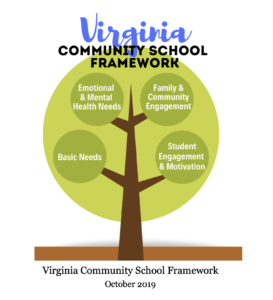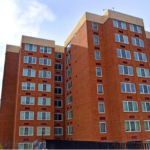by Matthew Hurt and Kathleen Smith
Reframing School Discipline
The Student Behavior and Administrative Response (SBAR) data collection was implemented in response to reframing school discipline from that of criminal, punishment, and exclusionary practices from 1991-2020 to that of restorative, intervention, and inclusionary practices in 2021 and beyond. The SBAR reports on behaviors that impede academic progress, behaviors related to school operations, relationship behaviors, behaviors that present a safety concern, behaviors that endanger self or others, and behaviors identified as persistently dangerous.
The SBAR records responses to discipline such as class removals, suspensions, expulsions with or without instructional services, and loss of privileges; behavioral interventions such as parents contacts, referrals, restorative practices; and instructional supports such as changes in placement, virtual programs, and support with and without face-to-face teacher contact.
The collection will always have inherent problems. Some data are clear: suspension or expulsion. Some data are not clear: support with or without face-to-face teacher contact. What if that contact was made by an administrator? Would removal for the last five minutes of class period be considered a removal? The reporting individual could inadvertently make the data very unreliable.
A cursory literature review demonstrated that “reframing discipline” occurred not only in Virginia, but throughout most educational institutions and juvenile justice organizations. Tight discipline policies in the late 1990s and early 2000s were replaced by less rigid or loose policies as early as 2010. After expulsions and suspensions catapulted, deterrent policies that used police, cameras, metal detectors, and locker searches were replaced by progressive policies that allow for a continuum of responses, prevention, intervention, supports, and consequences that foster positive behaviors.
Unintended Consequences of Both Tight and Loose Policies
Tight discipline policies do not allow for mitigation. The teacher uses minimal discretion for enforcement of rules. Breaking a rule, no matter the circumstance, is followed by a prescribed consequence. Loose discipline policies allow for more teacher and principal latitude over managing students. Loose discipline policies allow them to navigate the circumstance and use their professional judgment and expertise to decide on how much or how little consequence should be received.
Our efforts to address disproportionality through looser policies that allow more educator discretion and at the same time provide better reporting and hold schools accountable may have inadvertently caused additional problems. Continue reading →










